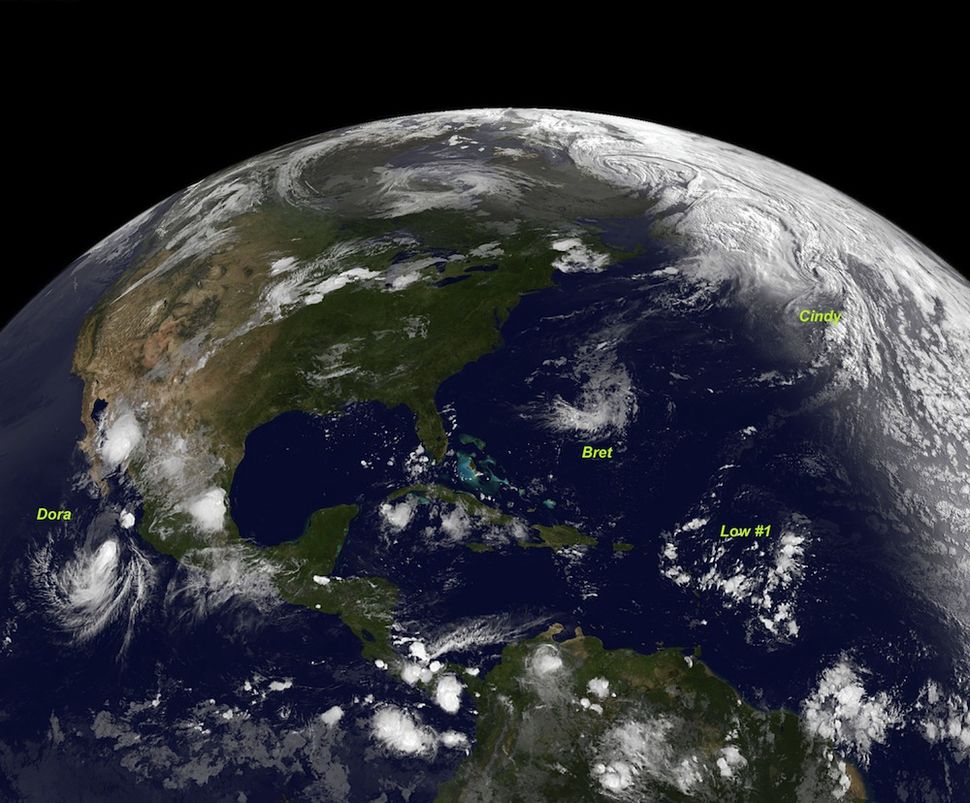

To sum up the above, we note the following: They penetrate the walls of any foreseeable and buildable spacecraft. However, the highest energy cosmic rays can't be stopped.

Why the imbalance? Solar flares of the size we’ve seen during the Space Age can be largely mitigated by achievable amounts of spacecraft shielding. During the 9-month journey to Mars, radiation from solar flares (including the strongest flare of the previous solar cycle) accounted for only about 5% of Curiosity’s total dose. A radiation sensor tucked inside kept track of Curiosity’s exposure. Inside its spacecraft, the rover was protected by about as much shielding (20 gm/cm^2) as a human astronaut would have. In 2011, NASA launched the Curiosity rover to Mars. Since 2015, the flux of cosmic rays at the Moon has nearly doubled. Physicists Eric Regener and Georg Pfotzer discovered the maximum using balloons in the 1930s and it is what we are measuring today.

When cosmic rays crash into Earth's atmosphere, they produce a spray of secondary particles that is most intense at the entrance to the stratosphere. These energies span the range of medical X-ray machines and airport security scanners.ĭata points in the first graph ("Stratospheric Radiation") correspond to the peak of the Regener-Pfotzer maximum, which lies about 67,000 feet above central California. Technical notes: The radiation sensors onboard our helium balloons detect X-rays and gamma-rays in the energy range 10 keV to 20 MeV. Somewhat more controversial studies ( #1, #2, #3, #4) link cosmic rays with cardiac arrhythmias and sudden cardiac death. The researchers listed cosmic rays, irregular sleep habits, and chemical contaminants as leading risk factors. Chan school of public health, crews of aircraft have higher rates of cancer than the general population. According to a study from the Harvard T.H. They can seed clouds, trigger lightning, and penetrate commercial airplanes. Who cares? Cosmic rays are a surprisingly "down to Earth" form of space weather. The higher you fly, the more radiation you will absorb. At 40,000 feet, the multiplier is closer to 50x. For instance, we see that boarding a plane that flies at 25,000 feet exposes passengers to dose rates ~10x higher than sea level. The dose rates shown above are expressed as multiples of sea level. This plot shows how the Forbush decrease was restricted to the stratosphere it did not affect lower levels of the atmosphere: Radiation levels in the stratosphere over California dropped nearly 20%, more than doubling the previous record from our dataset.Įn route to the stratosphere, our sensors also pass through aviation altitudes, so we can sample radiation where planes fly. 3-4, 2021, was the deepest in the history of our 7-year atmospheric monitoring program. We have measured Forbush decreases before.

Radiation from deep space that would normally pepper Earth's upper atmosphere is briefly wiped out. It happens when a CME from the sun sweeps past Earth and literally pushes cosmic rays away from our planet. This is called a "Forbush decrease," named after American physicist Scott Forbush who studied cosmic rays in the early 20th century. It happened during the strong geomagnetic storms of Nov. 2021) : Our balloons have just measured a sudden drop in atmospheric radiation. Our monitoring program has been underway without interruption for 7 years, resulting in a unique dataset of in situ atmospheric measurements. These balloons are equipped with sensors that detect secondary cosmic rays, a form of radiation from space that can penetrate all the way down to Earth's surface. Almost once a week, and the students of Earth to Sky Calculus fly space weather balloons into the stratosphere over California.


 0 kommentar(er)
0 kommentar(er)
